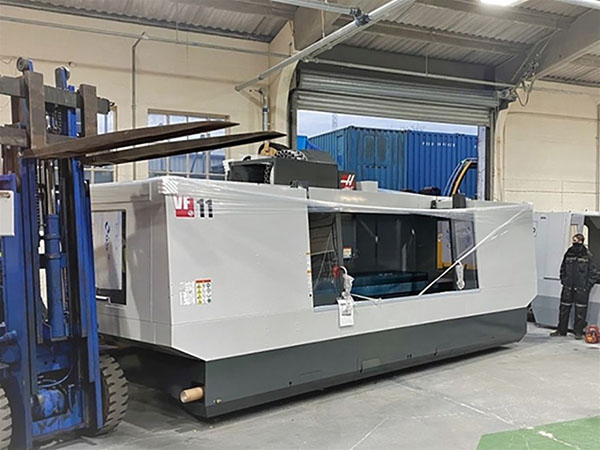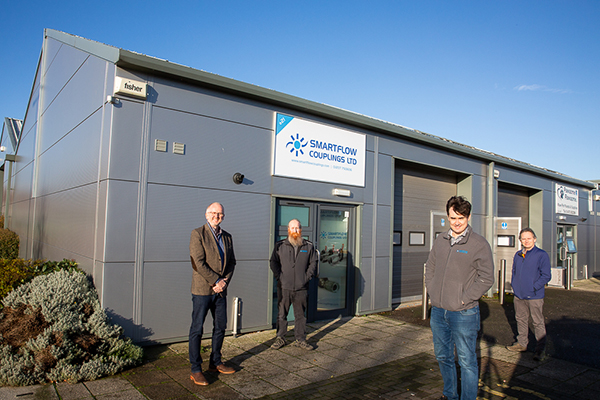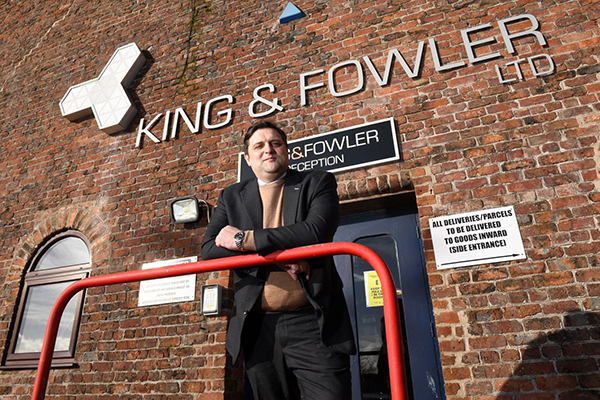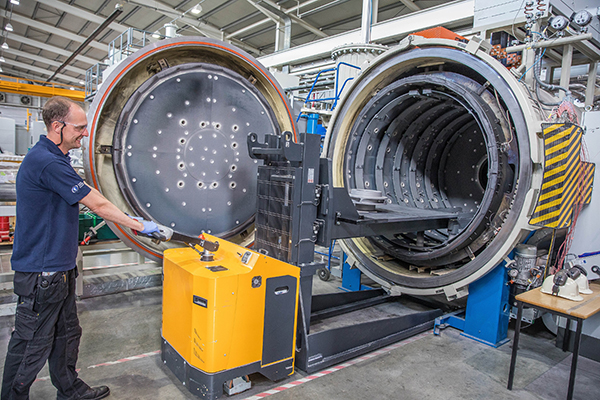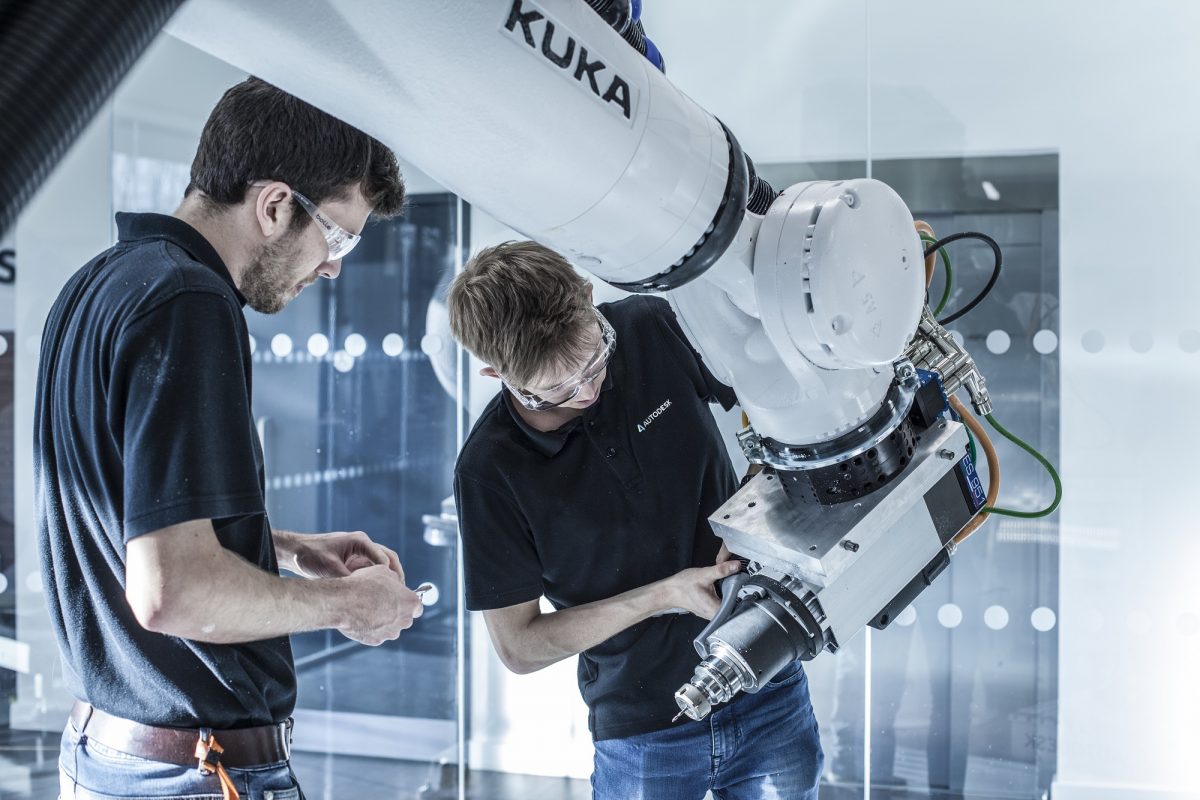
Bedford-based Midas Pattern has taken delivery of a new Haas VF-11/40 CNC machining centre, which with its 3 x 1 x 0.7 m working envelope becomes the largest machine tool on site. The company says that its new investment will make short work of any new MRIM tooling requirements (MRIM is Midas’ proprietary composite resin tooling system) and help to keep pushing the boundaries on polyurethane part size and complexity. Even in challenging times, it is important to keep investing, so when Haas contacted Midas back in April 2020 with a cancelled order, the company was keen to invest in its future.
For further information
www.midaspattern.co.uk






